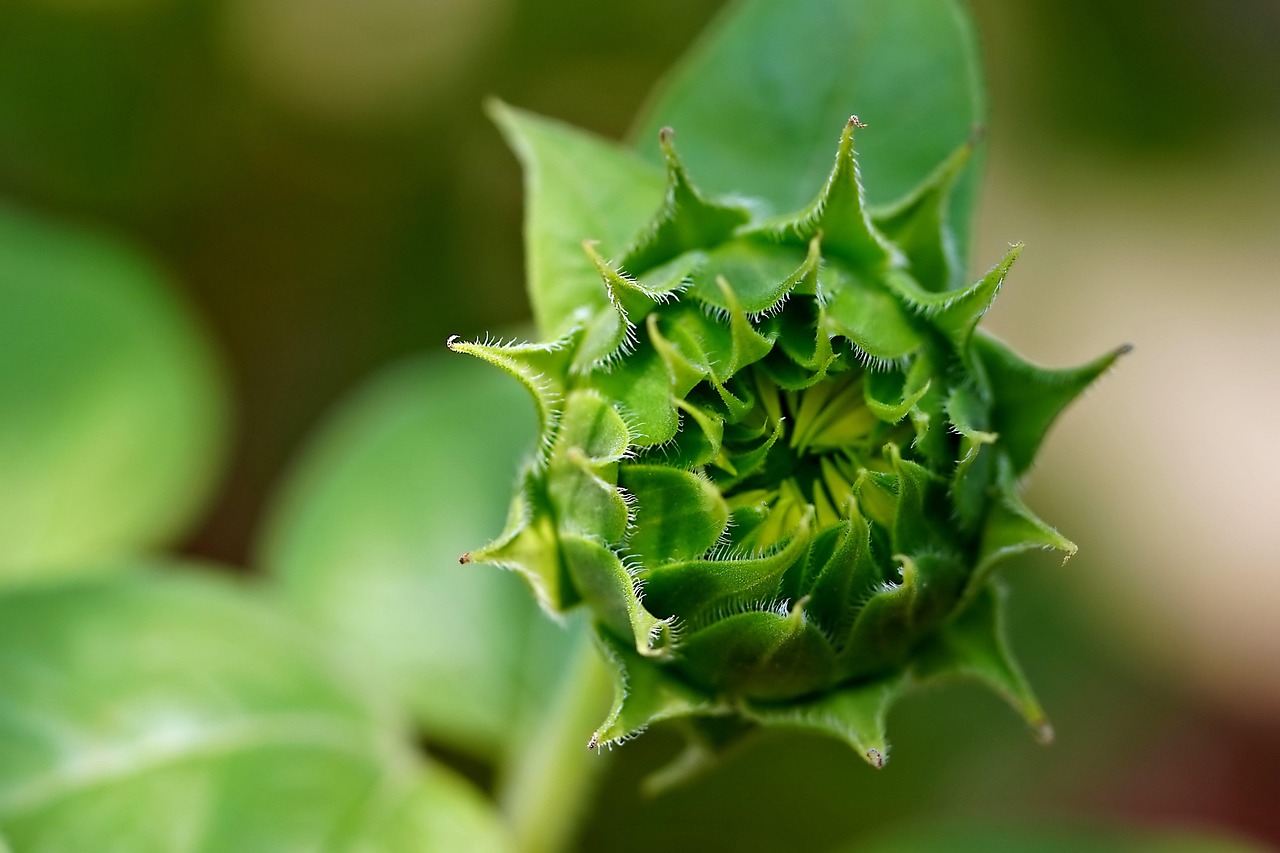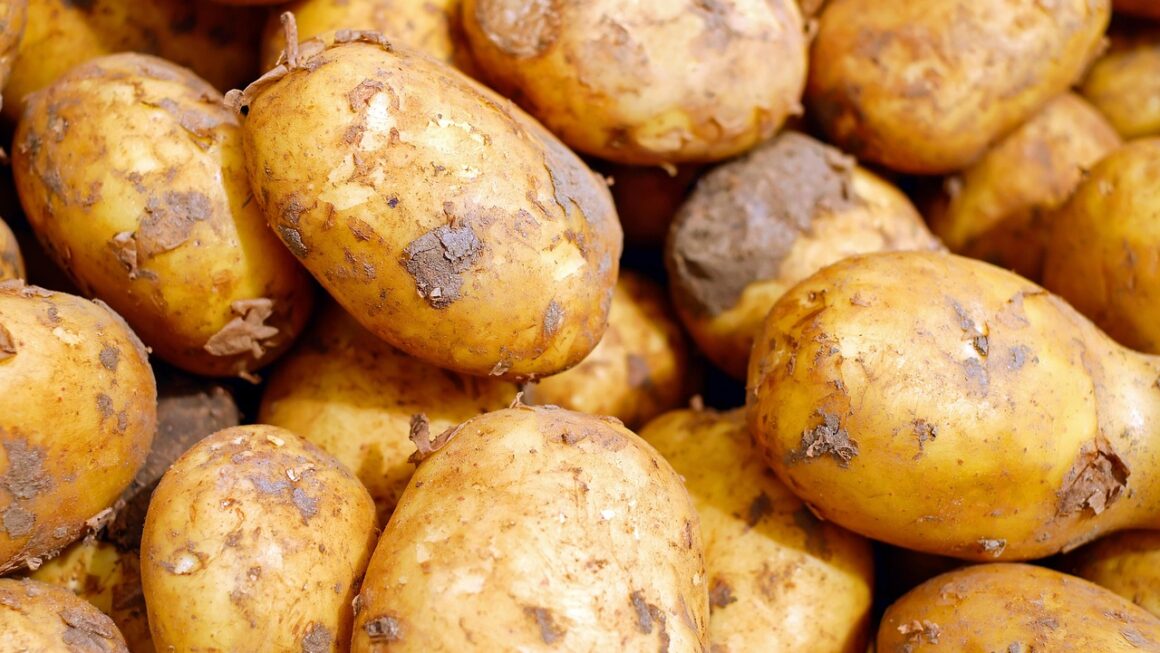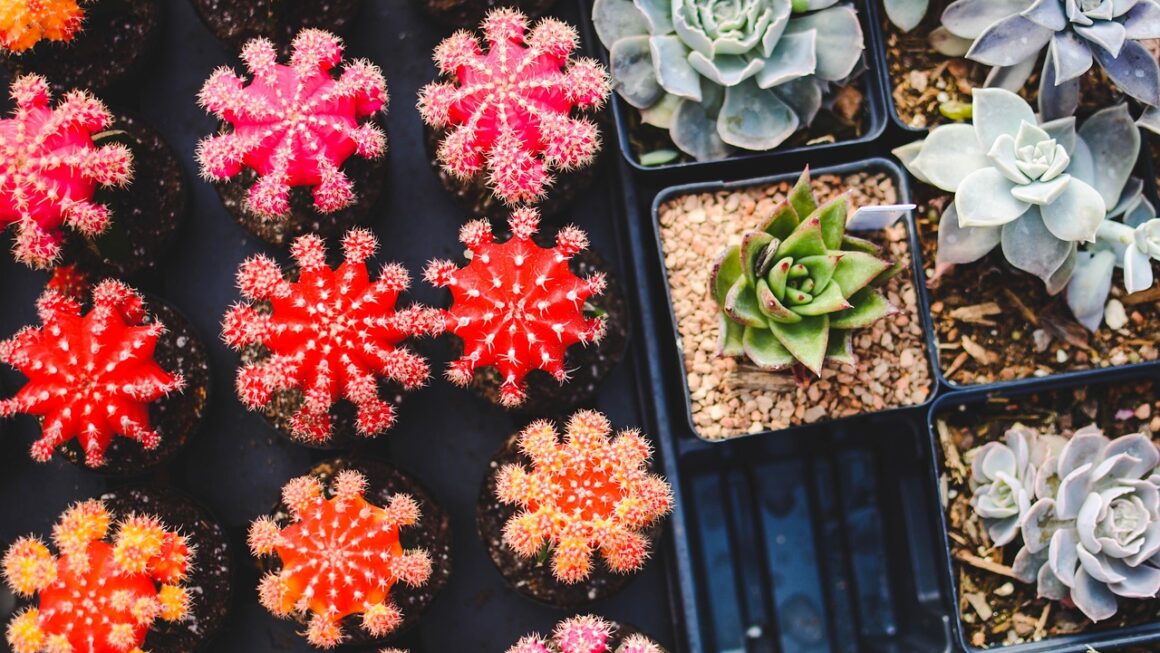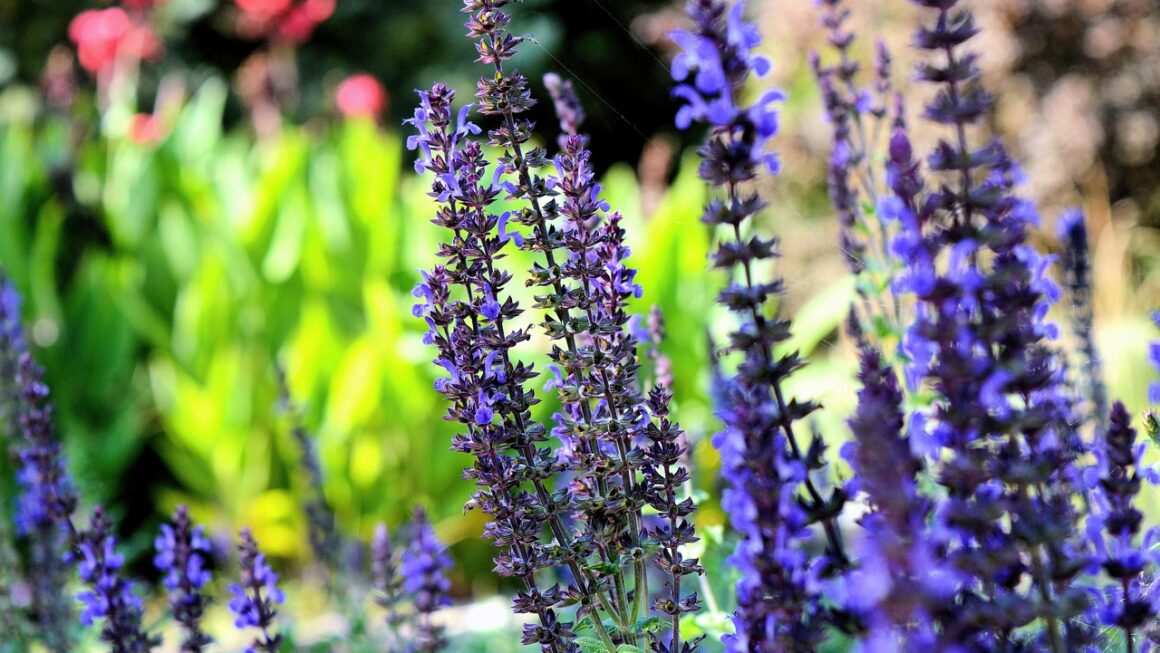Choosing the right garden tools can be the difference between a flourishing oasis and a frustrating struggle. Investing in quality equipment not only saves you time and effort but also ensures the health and longevity of your plants. This guide will walk you through the essential garden tools you need, helping you select the best options for your gardening needs and budget, so you can transform your outdoor space into a thriving paradise.
Essential Hand Tools for Every Gardener
Hand tools are the backbone of any gardener’s arsenal. Their versatility and precision make them indispensable for various tasks, from planting seeds to pruning delicate flowers.
Trowels: The Foundation of Planting
- Description: A trowel is a small, handheld tool with a pointed, scoop-shaped blade.
- Uses:
Digging small holes for planting seedlings or bulbs.
Transplanting small plants.
Scooping soil for potting.
- Materials: Stainless steel is rust-resistant and durable, while plastic is lightweight but less sturdy. Look for a comfortable handle, preferably ergonomic, to reduce hand fatigue.
- Example: A stainless steel trowel with a cushioned grip is ideal for frequent use in various soil conditions.
Hand Forks: Cultivating and Aerating Soil
- Description: A hand fork features tines (usually 3-4) designed for loosening and aerating soil.
- Uses:
Breaking up compacted soil.
Mixing amendments like compost or fertilizer into the soil.
Removing weeds by loosening their roots.
- Material: Stainless steel is the best choice for durability and resistance to bending or breaking.
- Tip: Use a hand fork to gently aerate the soil around existing plants to improve drainage and nutrient uptake.
Pruners: Shaping and Maintaining Plants
- Description: Pruners, also known as secateurs, are essential for cutting and shaping plants. There are two main types: bypass and anvil.
Bypass Pruners: These have two blades that pass each other like scissors, making clean cuts. Ideal for live plants.
Anvil Pruners: These have one blade that closes against a flat surface. Better for deadwood.
- Uses:
Removing dead or diseased branches.
Shaping shrubs and trees.
Harvesting flowers and vegetables.
- Example: Felco pruners are renowned for their quality and durability, making them a favorite among professional gardeners.
Long-Handled Tools for Larger Tasks
For larger gardens or tasks that require more reach, long-handled tools are invaluable. They reduce strain on your back and allow you to work more efficiently.
Shovels: Digging and Moving Soil
- Description: A shovel is a large tool with a broad blade used for digging, scooping, and moving materials.
- Types:
Round-Point Shovel: Ideal for digging holes and breaking ground.
Square-Point Shovel: Best for moving materials like mulch or gravel, and for edging.
- Materials: Steel blades are the most durable. Look for a comfortable handle length and grip to prevent back strain.
- Statistics: According to a study by the National Gardening Association, back injuries are a common gardening ailment, often due to improper lifting and the use of poorly designed tools.
Rakes: Gathering and Leveling
- Description: Rakes are used for gathering leaves, grass clippings, and debris, as well as for leveling soil.
- Types:
Leaf Rake: Wide, flexible tines for gathering leaves.
Garden Rake: Sturdy, rigid tines for leveling soil and removing stones.
- Material: Metal rakes are more durable for heavy tasks, while plastic rakes are lighter for leaf gathering.
- Practical Example: After spreading topsoil, use a garden rake to smooth the surface and create a level seedbed.
Hoes: Weeding and Cultivating
- Description: A hoe is a long-handled tool with a blade used for weeding, cultivating, and creating furrows.
- Types:
Draw Hoe: Used by pulling the blade through the soil to remove weeds.
Scuffle Hoe (Oscillating Hoe): Used with a back-and-forth motion to slice weeds at the surface.
- Benefits:
Reduces bending and stooping, minimizing back strain.
Effective for removing weeds quickly and efficiently.
Specialized Tools for Specific Gardening Needs
Certain gardening tasks require specialized tools for optimal results.
Garden Knife (Hori Hori): The Multi-Purpose Marvel
- Description: A Japanese gardening knife with a serrated edge on one side and a sharp edge on the other. It typically features depth markings on the blade.
- Uses:
Weeding.
Transplanting.
Dividing perennials.
Cutting roots.
Measuring planting depth.
- Example: A Hori Hori knife is particularly useful for digging out dandelions and other deep-rooted weeds.
Bulb Planter: Planting Bulbs with Ease
- Description: A tool designed to create perfectly sized holes for planting bulbs at the correct depth.
- Benefits:
Ensures consistent planting depth.
Saves time and effort compared to using a trowel.
* Reduces the risk of damaging bulbs.
- Tip: Choose a bulb planter with depth markings to ensure you’re planting at the recommended depth for the specific type of bulb.
Soil Knife: An alternative to the Hori Hori
- Description: A sturdy knife with a sharp blade and a comfortable handle.
- Uses: Similar to the Hori Hori, but without the serrated edge. Excellent for dividing perennials, cutting roots, and weeding.
- Benefits: Its sharp edge helps for cutting, dividing, and other gardening tasks that require precision.
Maintaining Your Garden Tools for Longevity
Proper maintenance is crucial for ensuring your garden tools last for years to come.
Cleaning and Sharpening
- Cleaning: After each use, clean your tools with a brush and water to remove soil and debris.
- Drying: Allow tools to dry thoroughly to prevent rust.
- Sharpening: Sharpen blades regularly with a file or sharpening stone to maintain their cutting efficiency.
- Oiling: Apply a light coat of oil to metal parts to prevent rust and corrosion.
- Frequency: Sharpening should be done at least once a season, or more often if you use your tools frequently.
Storage
- Store tools in a dry, sheltered location, such as a shed or garage.
- Hang long-handled tools on hooks to prevent damage and keep them organized.
- Consider a tool organizer or rack to keep your tools tidy and easily accessible.
Conclusion
Investing in quality garden tools and maintaining them properly is an investment in your gardening success. By choosing the right tools for your specific needs and taking good care of them, you’ll not only make gardening easier and more enjoyable but also ensure that your tools last for years to come, helping you create and maintain a beautiful and thriving garden. So, equip yourself with the essentials, keep them sharp and clean, and watch your garden flourish!




